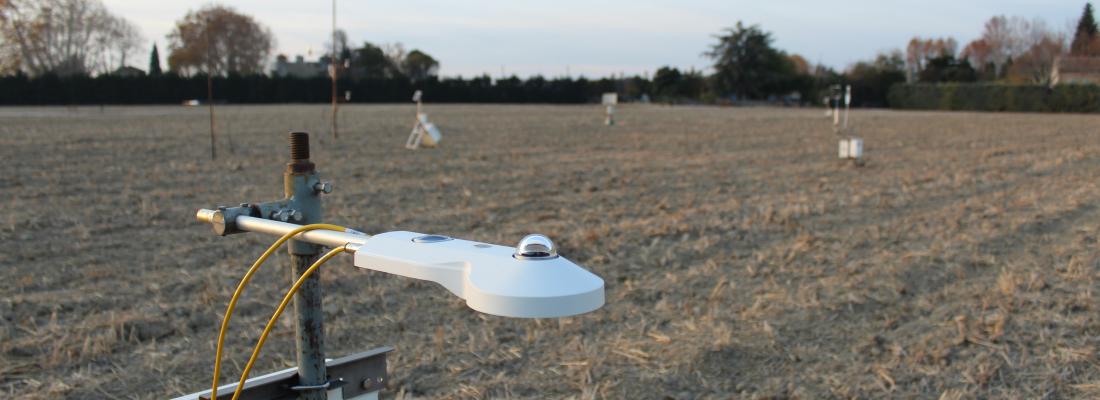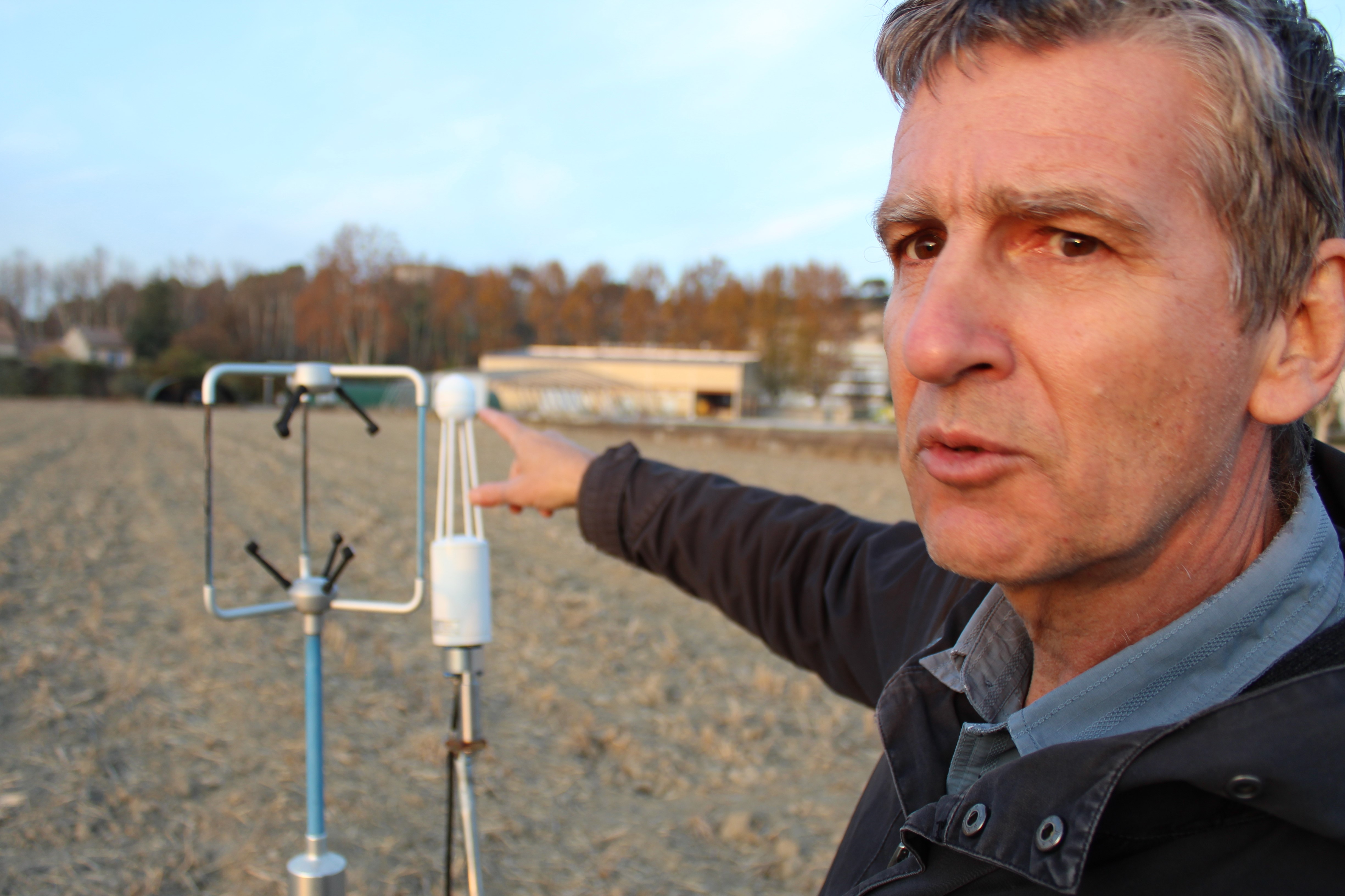Climate change and risks Reading time 3 min
Enlightening public decision-making to optimise land use in 2050
Published on 11 January 2018

“Some70% to 80% of arable land in the Provence-Alpes-Côte d’Azur region is cultivated within ten kilometres of an urban centre and so the agricultural and forestry production capacities of our area are under threat from urban development,” explains André Chanzy of the EMMAH research unit in Avignon, leader of the VIGIE-MED project - Regional impacts of climate change and adaptation by the localisation of production systems. Decisions taken at the regional level affect land use: construction of a railway, a canal or modifications to the local development plan. Given the context of global warming, the project set out to model the impacts of this change on the area, paying particular attention to three ecosystem services: production capacity, water resources and the management of fire risk.

Studying the functions of regional production and regulation
The project grew out of a meeting of the research teams at INRAE’s Provence-Alpes-Côte d'Azur centre. “By combining our expertise in ecology, biophysics, agronomy and human sciences, we decided to utilise land use as an indicator of the impact of humans on their environment,” continues André.
A biophysical simulation model was designed to predict agricultural and forestry yields and groundwater sustainability, depending on the climatic situation and land use. A spatio-temporal climate generator was then integrated to represent the situation and its variability in coming years. “The software delivers maps of plant production and water flow potential. This information is analysed in the future, that is to say with a new climate and/or in a region where land use has been modified,” adds the researcher. The model provides crop production sustainability indicators, which can help territorial management by flagging up future issues.
Human decision-making will still shape land use in 2050
"Using this model on the Crau aquifer has enabled us to demonstrate that the sustainability of the water resource was conditioned more by the regulation of the flow of the River Durance - to ensure the river’s touristic, electrical and agricultural uses - than by climate change. In summary, in 2050, regional land use will be shaped more by human decisions than by the climate,” says André.
In addition to the development of a climate generator, the Crau aquifer simulator developed in the VIGIE-MED project has been transferred to the Crau aquifer Joint Water Management Syndicate, which has recruited a hydro-geologist to study different scenarios for land management.
Looking to 2100 to study mitigation needs
VIGIE-MED’s work paves the way for perspectives which go beyond the adaptation to climate change. “We must now seize a more distant deadline and plan for 2100 to see more significant impacts and to study mitigation policies rather than adaptation. This will provide precious elements to inform the decision-making of local managers,” says project leader André Chanzy.
References:
- Olioso, A., R. Lecerf, A. Bailleux, A. Chanzy, F. Ruget, O. Banton, P. Lecharpentier, F. Trolard, and A.-L. Cognard-Plancq (2013), Modelling of drainage and hay production over the Crau aquifer for analysing impact of global change on aquifer recharge, Procedia Environmental Sciences, 19, 691-700.
- Martinetti, D. and Geniaux, G. (2017). Approximate likelihood estimation of spatial probit models. Regional Science and Urban Economics, 64:30–45
